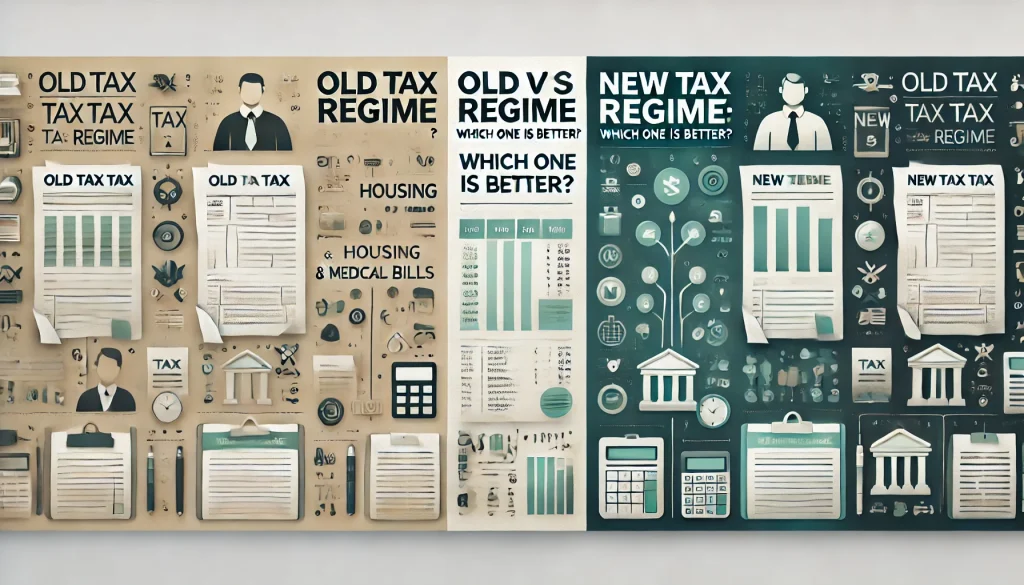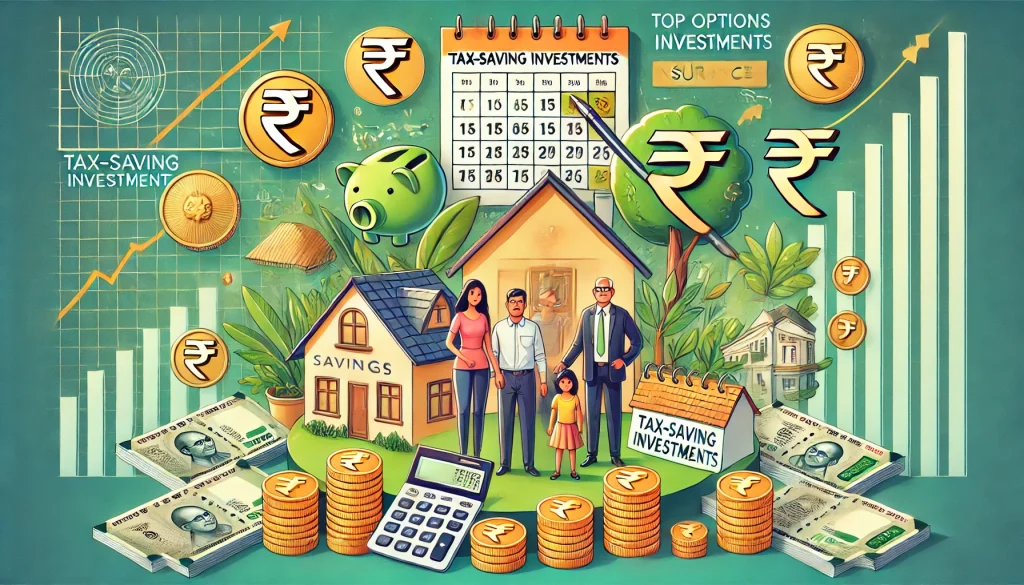
If you have ever heard of anything even remotely related to money savings, you must definitely be aware of fixed deposits. But have you ever wondered what the tax implications of interest earned from fixed deposits are? Or what is TDS on FD interest?
If you also have similar questions, then you are at the right place. Because in this blog, we have answered all such questions to help you understand the relationship between Tax Deducted at Source (TDS) and your Fixed deposit’s interest income. Keep reading to know more.
Tax implications on Fixed Deposit
Your interest income from fixed deposits is fully taxable under the head “income from other sources.” If you are a fixed deposit account holder or planning to invest in one, you must read these key points explaining the relation between TDS and FD.
You are also liable to pay TDS on FD interest if your interest income exceeds ₹40,000 in a year. In the case of senior citizens, this limit increases to ₹50,000. This is not a limit on aggregate income from all your fixed deposits. It is instead a limit on interest income per fixed deposit.
If you are a fixed deposit account holder who has furnished your PAN card details, then the percentage of TDS deducted is 10%. In case you fail to furnish your PAN card, the TDS rate rises to 20%.
The TDS is deducted each year when your interest income is credited to your bank account and not during maturity.
If, at the time of filing your taxes, your tax liability comes down to nil, you can claim a tax refund for the TDS deducted from your interest income. Also, if your tax payable at the end of the year is NIL, you need to submit form 15G to your bank and form 15H in case you are a senior citizen. The bank will then not deduct any TDS.
Calculation of TDS on FD Interest
To better understand how this calculation works, let us take an example. Say a person X has a fixed deposit of ₹10 lakh in a bank with the following interest rates.
Case 1. @5% per annum.
Case 2. @3.5% per annum What will the TDS on FD interest be in these cases? And what will be the interest income credited by the bank to X’s account?
In the first case, the interest income for X will be ₹50,000. So if he has furnished his PAN card details, Tax Deducted at Source by the bank will be 10% of ₹50,000 i.e., ₹5,000. So he will get ₹45,000 in his bank account. The TDS would, however, increase if he fails to furnish his PAN card details.
Another point to remember here is the age of X. If he is a senior citizen, the bank would credit the entire ₹50,000 to his account without any deductions.
In the second case, the interest income will be ₹35,000. Therefore, there will be no TDS on FD interest, irrespective of any other factor, because it is less than ₹40,000.
How do Tax-saving Fixed Deposits Work?
To save taxes through fixed deposits, the best way is to invest in tax-saving fixed deposits. They come with a lock-in period of 5 years, and you can open such accounts in any public or private bank. The salient features associated with tax-saving FDs include:
- The 5-year lock-in period on the tax-saving FD is compulsory. You don’t get any early withdrawal or overdraft facility with this FD.
- You can get a tax exemption of a maximum ₹1.5 lakh on the deposit amount under section 80C. However, you won’t get this exemption for all fixed deposits. You will get this only when you choose to keep your deposit locked in for a period of 5 years.
- The interest income you earn on this FD is taxable. Only the deposit is tax-exempted. Therefore, your bank will charge TDS on FD interest. The interest income on tax-saving FD can range from 5.5%-7.75%.
- Tax-saving FDs come with a fixed interest rate that remains constant throughout the tenure.
- There is no auto-renewal option on these FDs.
If you open a tax-saving FD as a joint account holder, only the first joint holder gets the tax-saving benefit.
Things to keep in Mind while Investing in Tax-saving FDs
Tax-saving FDs are one of the most popular investment choices when it comes to saving taxes. They not only keep your money safe but also save you from market fluctuations. However, before you put your money into this scheme, you might want to take a look at the following points:
- Lock-in period: Since there is a lock-in period of 5 years, only invest money that you won’t require in the near future. Depending upon your bank, they might either charge a penalty or not allow you a premature withdrawal at all.
- Eligibility: Only Hindu Undivided Families and individuals can invest in tax-saving FDs. A minor can invest in a tax saver FD jointly with an adult, preferably their parent.
- Minimum and maximum deposit: You can start your tax-saving FD with as little as ₹100 and go as high as ₹1.5 lakh. The deposit amount requirements depend on the bank.
- Fixed rate of interest: If you wish to take advantage of changing market scenarios, this may not be a very suitable choice. The interest rate on tax-saving FD remains consistent throughout the life of the FD.
- Tax implication on interest income: Even though it is a tax-saving FD, you don’t save any tax on the interest income. Hence, keep the interest rate and your tax slab in mind to determine if such an investment would really benefit you.
- Documents required: Banks primarily need your address and ID proof to open a fixed deposit for you. So you can furnish any government-issued ID like your PAN card, voter id or driving license etc., for ID proof. For address proof, documents such as electricity bill, bank statement, passport, Aadhaar card etc., would do.
Conclusion
Most Indians prefer to invest their money risk-free. This is what makes fixed deposits such a popular choice in India, even though, in some cases, it comes with a very low-interest rate. So if you are planning to invest in fixed deposits or if you have any existing FDs, make sure to check the tax implications of the same. To avoid TDS on FD interest, you can also choose to make smaller fixed deposits with different banks. To sum it up, financial planning is a very crucial aspect of life and must always be done carefully.


